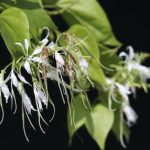Antelope Horn Milkweed
–
–
–
 Central Texas
Central Texas Texas
Texas Full Sun
Full Sun Part Sun/Shade
Part Sun/Shade Very Low
Very Low Deer Resistant
Deer Resistant Flowering
Flowering Attracts Pollinators
Attracts Pollinators
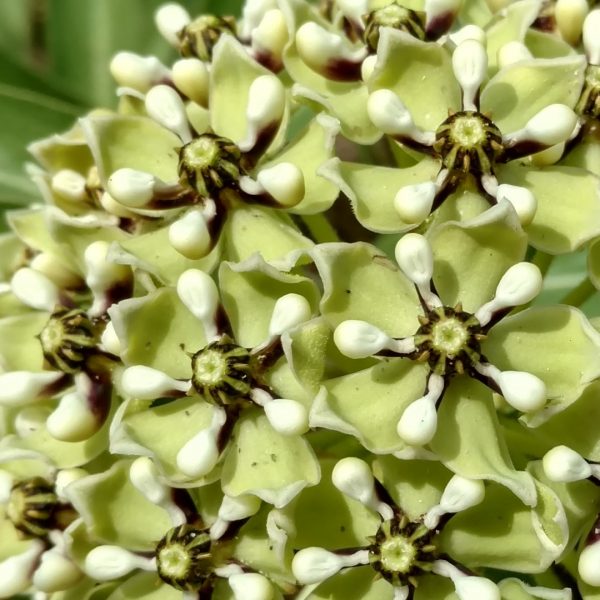
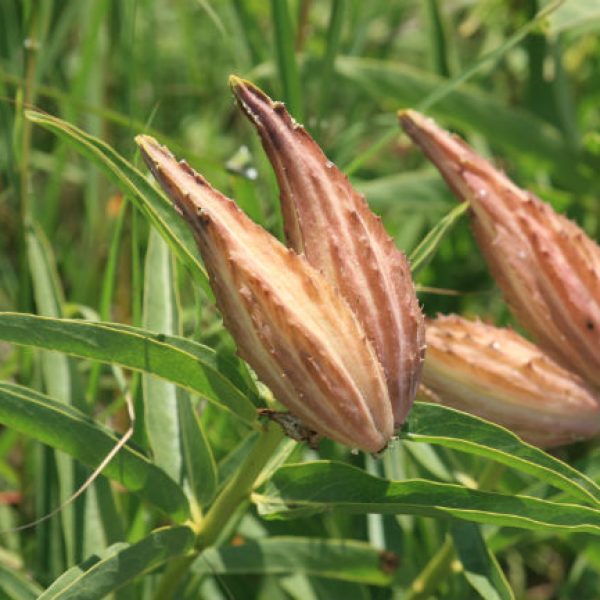
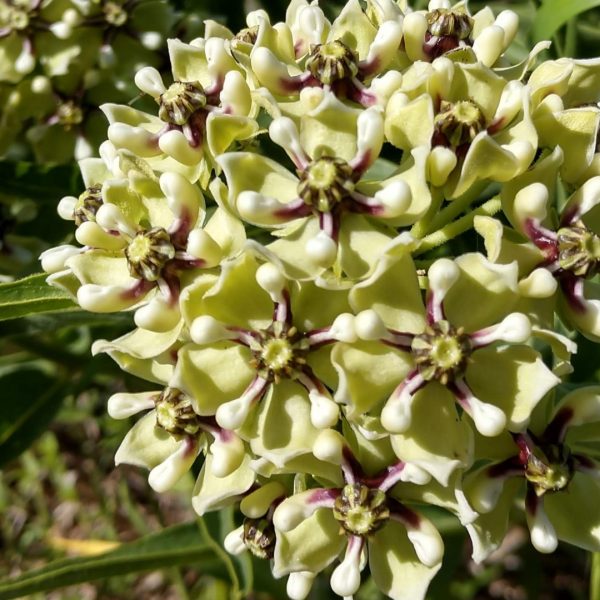
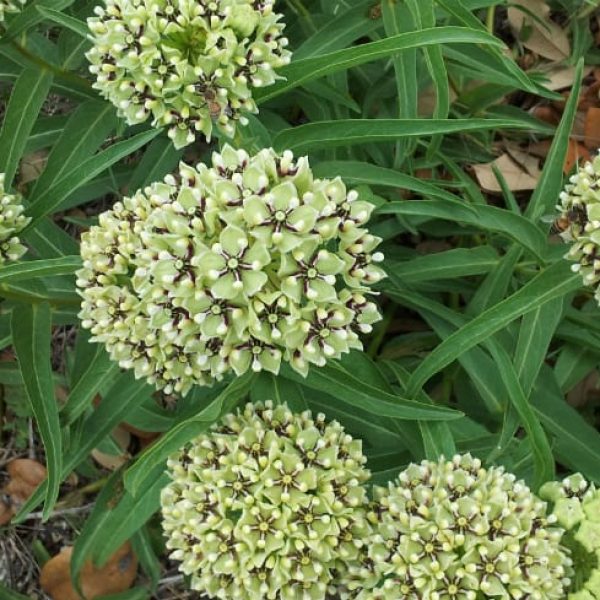
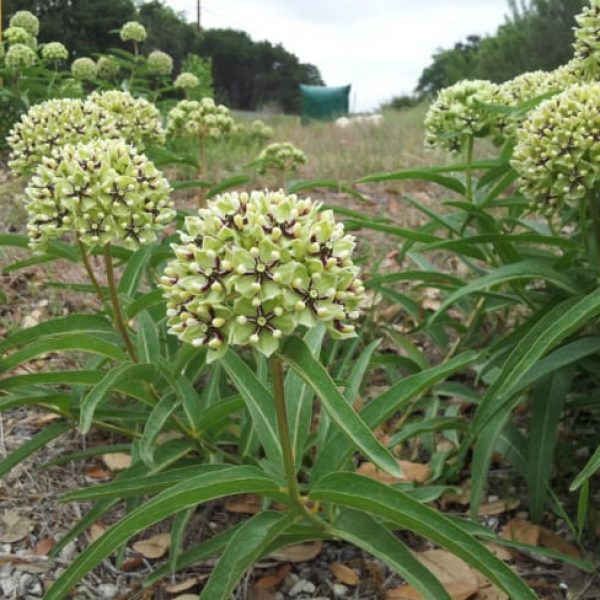
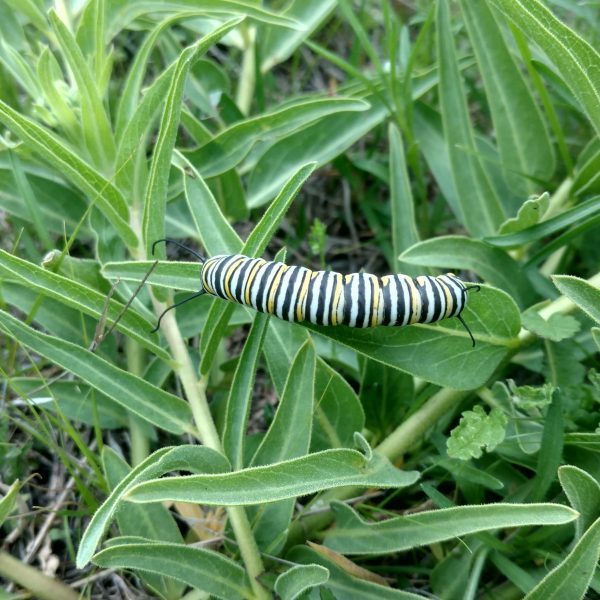
About This Plant
Sun or partial sun. A clump-forming deciduous perennial, up to 24 inches. Big flowerheads appear throughout the warm season, followed by green seed follicles that curve as they lengthen hence the common name: antelope horns. The thick leaves are long, narrow and folded lengthwise, somewhat resembling their close relative, tropical milkweed.
A roadside weed in the Blackland Prairie and Edwards Plateau, this species is becoming harder to find due to local development and roadside mowing. Milkweeds are the only food source for monarch butterfly caterpillars.
Although robust, antelope horn is difficult to propagate in a greenhouse setting, so it’s uncommon at commercial nurseries; preserve it if you have it on-site.
Maintenance
None required, beyond the care needed to establish it in its preferred setting — weedy roadsides and inferno strips. Aphids are likely to infest any milkweed, but they aren’t really a problem. They can be sprayed off with soapy water. Treating aphids will (obviously) wipe out the monarch caterpillars too.
Features
This plant goes well with
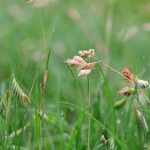 Buchloe dactyloides
Buchloe dactyloides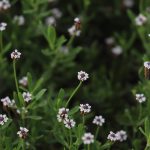 Phyla nodiflora
Phyla nodiflora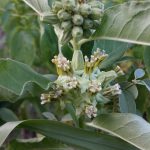 Asclepias oenotheroides
Asclepias oenotheroides
- List Item #1
- List Item #2
- List Item #3





